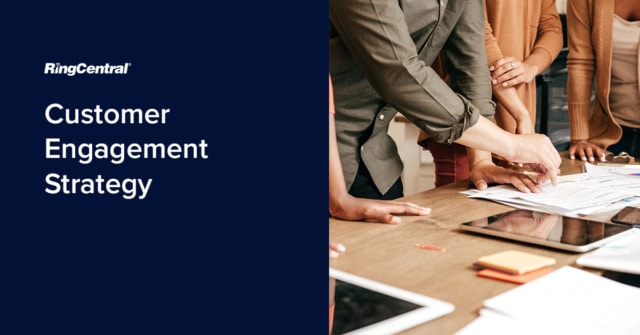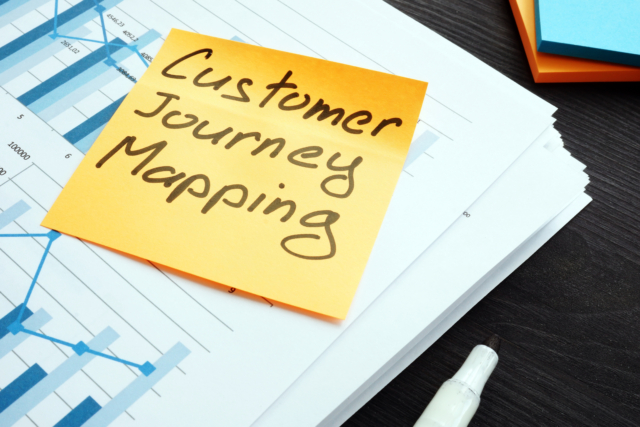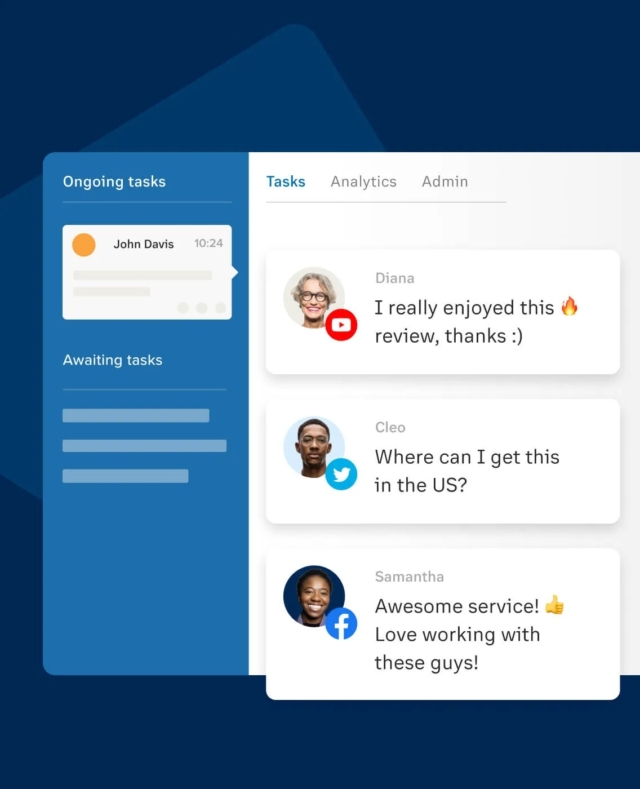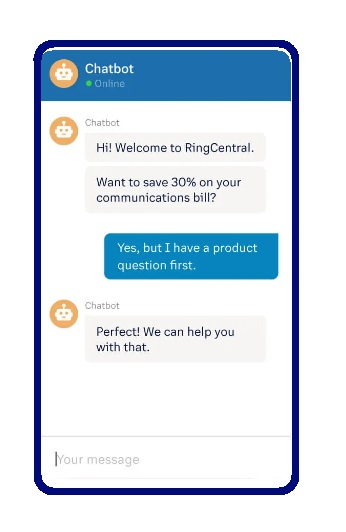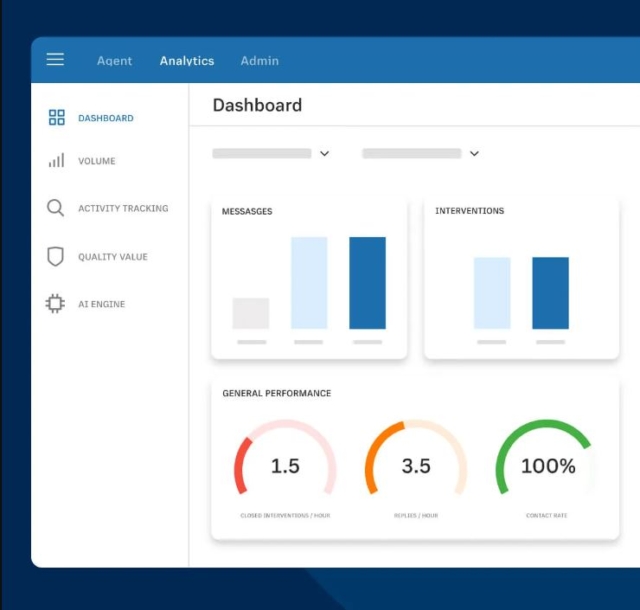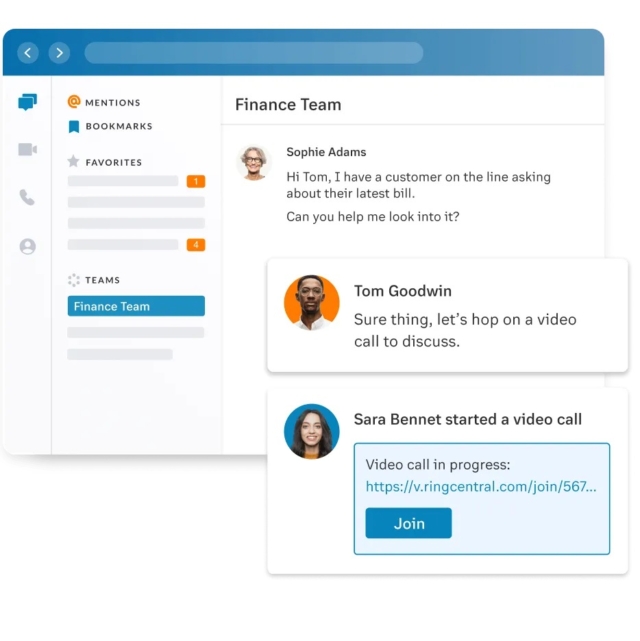In today’s ultra-competitive business world, consumers are more powerful than ever. Anyone who’s had a bad experience can do a great deal of damage by way of retaliation. All it takes is for a negative customer review or social media exchange to go viral, and the repercussions for brands can be severe.
Not only this, but consumers also have an immense choice at their disposal. This means that if they do have a bad experience with one business, they can simply take their custom elsewhere. However well-established your own brand is, you shouldn’t be complacent about the dangers of churn. Long-term customer retention remains vital.
Indeed, customer loyalty is the foundation of enduring success. If you can convert new customers into regular customers, you’ll be in a much stronger position. Too many businesses concentrate on pursuing potential customers and forget about the need to keep existing customers coming back, time and time again.
This is why it’s so important for companies to give due consideration to their customer engagement strategy, and to the overall customer experience. Effective customer engagement has to take a lot of different elements into account. These might include messaging, dealing with customer feedback, and providing customer support, among others.
Thanks to platforms like Shopify, it’s never been easier to start your own outlet. But whether you’re running an offline bricks-and-mortar business and dealing with customers face-to-face, or an eCommerce outlet, customer retention and engagement should be uppermost in your thoughts.
In this guide, we’ll introduce you to the concept of customer engagement and define in more detail precisely what it is. Then we’ll go on to explain why it’s so important to businesses, before discussing some appropriate strategies for building better customer relationships. We’ll also list some platforms for customer engagement and leading examples.
Finally, we’ll conclude by introducing you to RingCentral’s Engage Digital platform and explaining in more detail how it can help you with your efforts at customer engagement.

What is customer engagement?
Customer engagement refers to the methods by which companies build and maintain relationships with their customers. The term ‘customer engagement’ might seem fairly self-explanatory, but there are different aspects to it that are worth unpacking here.
There are various ways in which businesses may seek to strengthen relationships with their customers. This might include the addition of new products and services, based on an understanding of what consumers are looking for. Some firms conduct surveys or convene focus groups, as well as analysing customer data, to help them get a better understanding.
Some firms may focus more intensely on the overall customer experience. Before a customer completes a transaction – whether virtually or in-person – they’ll have to go through a number of touchpoints. One of the keys to a good customer experience is ensuring that the experience across each of these touchpoints is consistent and smooth.
Businesses must also make effective use of the customer data generated at these respective touchpoints. We know already about the importance of click-through and conversion rate data, for instance. You must determine which metrics to focus on and use this data to understand the customer journey, with particular attention to the factors that are increasing engagement and those that might be hurting it.
Effective customer engagement strategies require, in addition, a genuine willingness to listen to what customers themselves are saying. Too many businesses invite customer feedback, only to then fail to act on it. This can be infuriating for customers.
Put yourself in their shoes; if you make the effort to provide your views when prompted to do so, the least you would expect is that they’ve listened to and treated with real respect.
Customer engagement strategy – defined
Now we understand the meaning of customer engagement, let’s define a customer engagement strategy.
In a nutshell, a customer engagement strategy organises interactions and activities into an optimised and streamlined plan to help create the best customer experience throughout the whole buying journey and across all customer touchpoints.
A solid customer engagement strategy utilises multiple communication channels to build and maintain relationships, improve satisfaction rates and develop a pool of loyal customers.
And a well-thought-out strategy will also provide measurable results and allow you to collect key data. This will allow you to adjust and optimise your strategy according to changing customer needs.
What’s the difference between customer engagement and customer experience?
There are differences between customer engagement and customer experience. But in some ways, they’re also closely linked. Let’s take a look at both and see where they overlap.
Customer engagement comes from the business’s perspective. It refers to all the communication and interaction methods created by the business to form connections with customers, support the customer journey, drive brand awareness and sales, and increase customer participation and customer retention.
Customer experience, on the other hand, comes from the perspective of the customer; it is essentially their experience of interacting with your business. Each customer’s experience with your business should be good enough to leave them feeling satisfied and likely to return. But achieving this isn’t easy.
Ultimately, the customer experience is subjective and can vary from one customer to the next. However, by improving customer engagement across the customer lifecycle, you can improve the whole customer experience too.
Once customer experience levels are good, the knock-on effect is that engagement increases as well. In other words, as one improves, so should the other. This is how customer engagement and customer experience are intrinsically linked.
Importance of customer engagement strategies
What would a business be without customers? Quite simply, no customers means no business. That’s why boosting customer interactions with a solid engagement strategy is of vital importance in 2022.
The idea is that greater customer engagement means greater profits. What business doesn’t want that? Running a successful business is all about nurturing lasting relationships with customers to build trust and secure their loyalty.
Having engaged customers that return time and time again is central to increased profitability and also reduces the costs involved in customer acquisition.
Failing to have a customer engagement strategy in place is likely to make it harder to gain new customers, keep existing customers on board and boost satisfaction rates.
Let’s take a more specific look at some of the benefits of customer engagement strategies.

Customer engagement strategies
One crucial thing to bear in mind when it comes to customer engagement strategies is that there’s no single solution to suit each and every type of business. It’s not as simple as looking at what others do and then emulating that wholesale.
However, social media is proving to be increasingly central to customer engagement strategies across the board. Even now, a lot of brands and businesses tend to treat social media as another one-way method of communication. They put out their own material and marketing campaigns without much regard for what consumers themselves have to say.
This is a mistake because increasingly, consumers expect to be able to interact with their favourite brands on social media sites. Not just the likes of Facebook and Twitter, but also more professional outlets such as LinkedIn as well, and to have those brands respond to them in kind.
We’ve already talked about the importance of forging an emotional connection in ensuring effective customer engagement. Developing a distinctive brand personality on social media can do much to elicit this kind of favourable response. Of course, consistency is important here: omnichannel consistency to be precise. Meaning, you must have a coherent brand personality across different channels.
Accessibility must form another central pillar of your customer engagement strategy. Customers should feel comfortable about approaching your business for help – whether they’re making a product query or reporting a problem – and you should ensure that it’s easy for them to do so.
Helplines and emails are great, but there are other channels that customers will use for feedback, queries, and complaints. Many use social media itself, which is why your business accounts must be monitored continually. Other methods may include real-time live chat, customer support forums, and also mobile apps if your business has one.
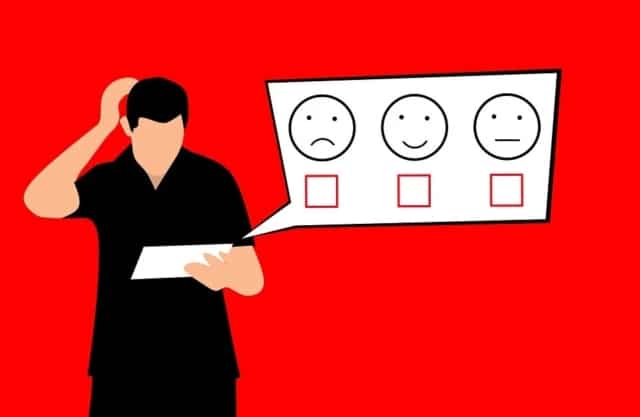
Monitoring customer sentiment
It’s one thing to adopt customer engagement strategies, but working out whether or not they’re proving effective is another. Certainly, it’s not sufficient to just put a customer engagement strategy in place and then leave it at that. You must make an ongoing, active effort to deduce whether or not it’s working. Monitoring customer sentiment is essential.
There are several indicators that might suggest your strategy is paying dividends. For instance, if you see an uptick in positive customer reviews, there’s a good chance that it’s a result of a successful customer engagement strategy. You should keep a watchful eye on sites like Google to see what your customers are saying about you.
Likewise, if you see more positive mentions of your brand on social media, this too could be an indication that your strategy is working well. Brands should always be proactive when it comes to monitoring how they’re discussed on social media. It can give a good flavour of what consumers make of them and highlight potential problems that need to be addressed. Negative social media chat can be disheartening, but it’s important to be aware of it.
You can also be proactive by sending out customer surveys and inviting people to give their opinions. Consumers are generally quite happy to provide their views in this manner, particularly if there’s something in it for them. Perhaps you can grease the wheels a little by offering an incentive, such as an exclusive discount or voucher, to complete your surveys.

Calculating customer engagement
There are other, more empirical and direct ways of calculating the effectiveness of your customer engagement strategies. Metrics such as average order value (the amount the average customer spends on a transaction), purchase frequency (how often they buy), and guest checkout rates (users who buy without creating an account) provide valuable insights.
So, for instance, if a lot of users are making purchases without creating accounts, the chances are that they don’t anticipate making a repeat purchase. This suggests either that your current customer engagement strategy isn’t working or that there’s an opportunity to improve customer engagement. Ask yourself, how might these customers be encouraged to return?
For an overall overview of your retention strategy, your site’s repeat purchase rate should provide quite a reliable indicator. This tells you how many consumers made more than one purchase via your site, and thus provides an important indication of customer engagement.
Examples of customer engagement strategies
There are several types of customer engagement strategies to consider. Your choice will depend on internal and external factors like your target audience, budget, available resources and overall business goals.
Let’s take a look at some customer engagement examples and methods.
Engagement via multiple channels
Your customers are using all sorts of channels and, as the old saying goes, you need to meet them where they are. Consumers will recognise and appreciate the effort you’re making to make yourself easily accessible to them.
The US retail bank Bank of America is one big-name brand that’s been widely acclaimed for its efforts to create an integrated, omnichannel customer experience. Clients can use the bank’s mobile app to arrange appointments, cash cheques and pay bills, among other things.
The flip side of all this is that customers increasingly expect their favourite brands to be accessible to them across communication channels. Businesses that fail to take heed of this should expect to be overtaken by more adaptable competitors.
Providing professional advice
‘
You may also like’ widgets are a familiar feature on many e-commerce sites. You know the drill already: you browse a particular product page, and you find that you’re also being recommended a range of other products based on your previous search history.
However, one notable new feature of online customer service goes beyond this. It was pioneered by clothing brand Carhartt, which gave customers the option of live chat with experts, who were on hand to help consumers find the items they were looking for (and perhaps some they didn’t even know they were looking for).
The company subsequently reported a 10% improvement in conversion rates over comparable self-service alternatives, along with a growth of up to 25% in average order value.
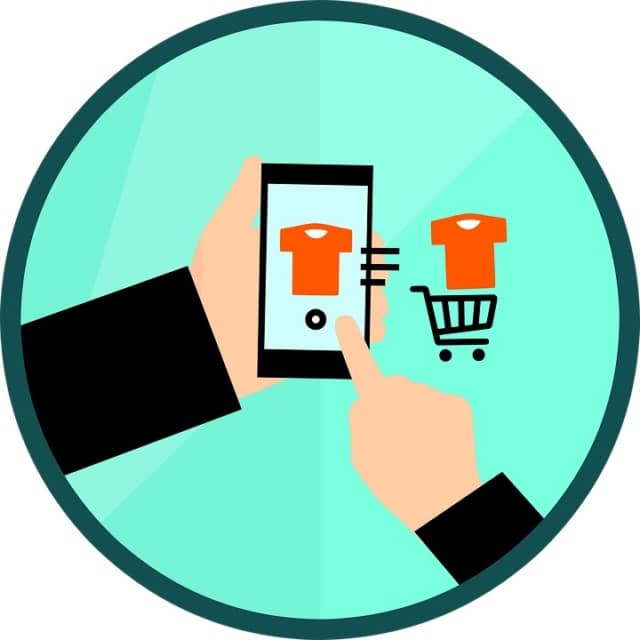
Shared experiences
Customer experience isn’t just about the individual. The feeling of being part of a collective experience can be much more satisfying than individual gratification. Numerous brands have recognised this and sought to capitalise on it with a variety of campaigns focusing on shared experiences.
One of the most famous of these campaigns was Coca-Cola’s ‘Share a Coke’ campaign, which was first launched in Australia in 2012 and ran for several years. The concept was a simple one: the company’s logo was replaced on the label by the most common personal names in the respective markets where the campaign ran.
This was coupled with a marketing blitz across traditional media – broadcast and print – and social media. The objective of the campaign was to forge an emotional connection with consumers, encouraging them to share the experience with friends and family both in person and via social media sites.
Needless to say, it delivered results. The summer after the campaign was launched, 1.25 million more American teenagers tried Coca-Cola while sales of rebranded Coke packages rose by 11% in the US.
Request and listen to customers’ feedback
Customer feedback is hugely important in giving you a better idea of how engaged your customers are. This is why businesses should always make active efforts to ensure that consumers have the opportunity to provide feedback and that they’re being encouraged (and, where appropriate, incentivised) to do so.
Some brands are well known for actively soliciting customer feedback. Apple, for instance, asks consumers how likely they would be to recommend the business to a friend or colleague. Those who give a score of less than 6 out of 10 are considered unlikely to recommend, but scores of 7 to 10 are viewed as more promising.
Apple is, of course, renowned for the loyalty of its customer base, which suggests its various customer engagement strategies (coupled with the general strength of its brand) are working well. Its Net Promoter Score – which measures customer experience – compares consistently well to other top brands.
Online retailer Amazon is also renowned for its use of customer feedback. Amazon’s customer reviews are an attraction in themselves to people using the site. For a lot of shoppers, it’s become second nature to check Amazon reviews before buying anything (whether you end up buying it from Amazon or not).
You don’t have to be Apple or Amazon to solicit and make good use of customer feedback. Automation has made the job much simpler. You can present customers with feedback forms when they make a purchase, and there are lots of templates available online.
Run social media contests

Everyone loves a good contest.
Running social media contests lets customers get involved with your business and excited about the prospect of winning a prize. It’s also a good idea to have a social media strategy considering how popular these platforms are.
Here are some great social media contest ideas to get you started:
- Vote contest – Vote contests are great for engagement. Ask your target audience a question and give them multiple answers to choose from. Vote contests offer quick and easy fun, with the chance to win prizes like new products, free software and discount codes. The answers given by users also provide actionable insights.
- Photo contest – A photo contest based around your brand or one of your products will draw attention online, especially if you use a hashtag to get it trending. For extra points, include a registration form for the contest to obtain basic information from your audience.
- Tag a friend – Can it get easier than that? Ask users to simply tag a friend for a chance for them or their tagged friend to win. For extra benefits, you could make it an entry requirement that the tagged friend must also follow your social media page to be considered a valid entrant.
- Quizzes – Asking trivia questions is a great way to boost engagement. If someone knows the answer, they’ll want to show everyone how clever they are! You could keep quiz themes relevant to your brand or wider industry to maintain focus.
Keep your social media contest posts regular and be consistent with any prizes – it’ll go a long way in showing you care about engaging with your customers and rewarding them.
Make use of customer history
Feedback forms and customer purchase history data can help you create more fitting content based on what customers have enjoyed in the past.
By doing your homework, you’ll prove you go the extra mile to exceed customer expectations. Customers are far more likely to engage in content that is relevant to them. Think about your favourite music or video app. It recommends songs you might like so that each time you return, there’s something new and exciting waiting for you.
Luckily, if you already use a CRM or other customer-related tools, you’re likely to be sitting on heaps of customer data already. All you need to do is incorporate it into your customer engagement strategy.
Incentivise loyal customers
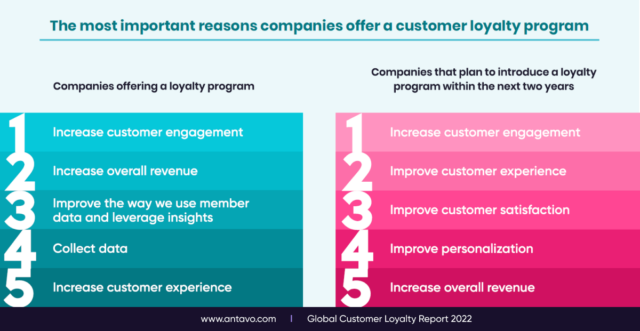
The overall aim of any customer engagement strategy is to create loyal and long-lasting customer relationships. That’s why this global customer loyalty report from 2022 found increasing customer engagement to be the number one reason for offering a loyalty programme.
Customer loyalty programmes keep your most loyal customers feeling valued. Any customer who opts into a loyalty programme is signalling interest in further purchases and is therefore likely to be motivated by the thought of rewards.
It’s important to link customers’ interest in a loyalty program with your business’s need to retain customers over a long period. The longer you keep customers on board, the more you can sell to them.
As the rewards help drive engagement, it’s important to update customers with exciting feedback, such as how many points they have, how to earn more points and what can be redeemed with their customer loyalty points.
Using a reward scheme to incentivise loyal customers to make repeat purchases will help grow your bottom line while keeping customers engaged.
Providing personalised and conversational interactions
Interacting with customers in a conversational and personalised manner helps to give them a positive experience.
Thanks to continuing digital transformation, offering a more personalised experience is easier than ever. Unlike years gone by, you won’t need to make hundreds of phone calls or go knocking door to door to find out more about your customers.
There are several places you can find personal information on customers, including your CRM, customer surveys and follower email lists.
Armed with this information, you should personalise your customer interactions to boost the customer experience. This makes sense if you think that you could improve your online conversion rate by about 8% if you offer personalised online consumer experiences.
Here are some ways to provide personalised and conversational interactions:
- Integrate your CRM with your contact centre – This will let you see customer information when contact is made and lets your agents personally greet them.
- Use Calling-Line Identification (CLI) – By connecting customers to the same agent every time, you create an even more personalised experience.
- Use customers’ preferred name – Perhaps your customer wants to be known as Sir, Mr, James or even Jimmy. Using the correct version shows your customers you respect their preferences.
- Track customer history – This way, you’ll know what the customer wants and provide a more personalised experience based on previous interactions.
- Follow up with personalised messages – Once a customer has finished interacting, make sure any follow-up messaging or email marketing contains their preferred name and a reference to your previous interaction.
- Train staff in phone manners – Having friendly and more conversational staff will go a long way in boosting engagement. A customer is more likely to reach out to a friend than a stranger, so make sure your staff are as friendly as they are useful.
Activate automated responses
Today’s customers need quick responses and fast solutions. 90% of customers rate an immediate support response as important or very important.
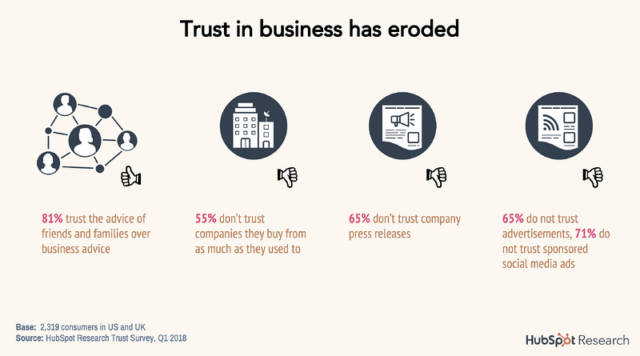
Thankfully, the increasing emergence of automation over the last decade is benefiting customer engagement by keeping interactions streamlined and efficient.
Implementing automation requires a balance between keeping interactions simple while still being able to handle complex issues. Whether you opt for chatbots, human agents with scripts, notifications or anything else, the key to automation lies in being logical about when and where to use it.
To begin with automation, you’ll need to draft in your design and content experts to map out the customer experience and find touchpoints that would be better served with real-time automated responses.
Plan how to offer seamless handovers between customer communication methods. For example, if a customer inputs their information on a mobile phone but needs to finish the task on the computer, they shouldn’t have to input their information again.
Activating automated responses across touchpoints will go a long way in keeping customers satisfied and boosting engagement. Remember, always have the option to contact a real human being.
Show your business’ vision and mission
When you started your business, you had a vision and mission for what it should be.
Whether it’s changing the world, providing a solution to an everyday problem or anything else in between, it pays to remind customers who you are, what you are about and why you can help them better than anyone else.
It’s also useful to remind staff members of your vision and mission to keep them committed to a customer-centric culture.
A short and snappy vision statement can help remind customers who you are and what you provide. Some useful tips for creating a powerful statement are:
- Keep it short, simple, and clear
- Describe what your business offers
- Add why your business does what they do
- Provide a backstory
If customers feel their values align with your vision and mission statement, they’re more likely to feel connected and engaged.
Remember, keep the tone of your mission statement in line with the rest of your branding; if your brand has a reputation for being lighthearted and playful, don’t produce a seriously toned mission statement. This way, customers will believe in your authenticity.
Applying customer engagement strategies
Applying a customer engagement strategy depends on a few things, such as your target audience, where they hang out, your business goals and more. There’s no fixed rule here.
Whatever strategies you decide to go with, ensure that all your staff members are on the same page and up to speed with your business goals. They should provide the best service to your customers to keep them engaged.
Once you begin implementing your customer engagement strategies, it’s vital to track their performance to check things are working. Failing to do so could see you waste valuable time and money.
Tracking customer engagement
The following sections will explain some of the key methods that can be used to track customer engagement.
Traffic and views count
Monitoring website traffic lets you assess customer engagement levels. If traffic and view counts are up, your customer engagement strategies must be working!
Using customer analytics tools for deeper insights, determine the pages your visitors are viewing specifically and whether they click to exit the page or seek further information. This will highlight which pages and products customers have a higher interest in and can help inform future engagement strategies.
Also, look at the source that led them to your website and which pages are leading to conversions. All of this data can tell you a lot about the strengths and weaknesses of your engagement strategies.
Number of positive reviews
Positive reviews from satisfied customers are great for your reputation and prospects, but they’re also a great way to measure engagement.
If your website has a page where customers can leave reviews, check it frequently and take an average score. Collate this data with reviews from other places, such as review requests sent to customers by email or other external review platforms.
A large number of positive reviews shows that customers are satisfied and willing to further engage by sharing their thoughts and feelings. Social media likes and shares also offer an avenue to monitor positive feelings surrounding your business.
Remember, just because you’re receiving positive reviews, it doesn’t mean you should ignore the bad ones. Reading through any negative reviews can reveal important areas that need attention, even if they make up a low percentage of your overall review score.
Conversion rates
Customers can engage with your business in many ways, so conversion doesn’t just mean turning prospects into purchasers.
Think about all the other touchpoints where your business interacts with customers and use these as a source of data for tracking conversion rates from the point of action to the intended goal.
From here, use the formula ‘total number of conversions divided by the total number of interactions to find out how many customers took the intended action versus those who didn’t.
A good starting point for tracking your conversion rates is your email marketing and content marketing endeavours. Track how many leads signed up to your lead magnet, signed up through a pop-up on your website, clicked on an email campaign, etc.
A high conversion rate indicates an effective customer engagement strategy is in place. But equally important, a low conversion rate indicates that work needs to be done to get people back on board and using your services.
Time spent on a page

Tracking how long a customer spends on a page is an important and revealing customer engagement metric.
Pages where customers spend longer indicate engaging content that’s keeping them hooked. This can help you make better content marketing decisions on the pages that aren’t performing so well. It also means you can maximise the digital marketing potential of pages that users spend longer on.
You should also track pages per session. A session refers to a specific engagement period on your website, for example, ten minutes or an hour. This will give you a better overall idea of how well your website attracts users over longer periods.
It’s no good getting lots of website traffic if visitors are leaving right away. Time spent on a page is an important KPI to consider.
Which platforms can you use for customer engagement?
Customer engagement platforms can make life much easier for online businesses. They perform a wide variety of functions and bring them together in the same place. In particular, they track customer interactions and enable support teams to respond to consumer queries in a quick and efficient manner.
Through the use of customer engagement platforms, businesses can analyse, manage and optimise the customer journey. They bring customer data under one roof and help to deliver a more personalised customer experience. For example, personalised messages can be sent to customers to help and guide them where necessary.
Some people confuse customer engagement platforms with customer relationship management (CRM) tools like HubSpot CRM. There is indeed a considerable overlap between the two, given that both are focused on data management and customer satisfaction.
CRM tools, however, are more concerned with automating processes rather than the customer experience as such. CRM can be used to improve the customer experience by streamlining these processes and simplifying customer interaction, but it is less directly focused on forging emotional connections between consumers and brands.

How you can use RingCentral to improve customer engagement
RingCentral offers an all-in-one solution when it comes to customer engagement. There’s nowhere else you need to look.
RingCentral’s digital customer engagement platform lets you take an omnichannel approach to meet customers where they are. All from one tool, you’ll be able to manage responses to customers from various digital channels, including social media, emails, live chat, websites, messaging and more.
Furthermore, RingCentral’s customer engagement platform utilises artificial intelligence and machine learning to optimise your customer support. By using automation and collecting data, you can take the stress away from your support team and let the software handle operations for streamlined and data-backed engagement operations.
Let’s take a look in more detail at RingCentral’s digital engagement platform and what it can do for you and your customers.
Provide help to customers anytime, anywhere
With support across every channel, you can provide the best customer communication anytime, anywhere.
Whether customers come to you from Facebook, LinkedIn, Twitter, or any other digital channel, RingCentral’s digital customer engagement platform lets you manage all your responses from one central hub.
Communicate across all digital channels

Unlike traditional call centres that rely solely on telephone calls or faxing, RingCentral makes you available across all digital channels.
The wide-ranging functionalities of RingCentral’s engagement platform make it easy to support customers using their preferred communication method.
So, whether it’s WhatsApp, Facebook Messenger, Google Business Messages, or Apple Business Chat on an iOS, Android, or Amazon device, RingCentral lets you support customers from one central hub.
You can also set up a seamless customer experience by integrating RingCentral’s engagement platform with other channels, such as email platforms and review websites.
Automation features
With clever automation, up to 70% of customer interactions can be handled without human intervention. This is thanks to:
- Chatbots and virtual agents – Bots can handle common queries and complaints with automated responses. They can also transfer customer interactions to an available agent if more help is required.
- IVR/Self-service – Customers can handle routine operations by themselves over the phone with automated services.
- Virtual hold – Why keep customers waiting in a queue? Virtual hold will call them back when they get to the front.
These are just some of the ways RingCentral’s automated services can help you and your customers.
Analytics and reporting
With analytics and reporting, you’ll be able to understand the customer journey better to provide better support. Build a customer experience with built-in feedback surveys and data-informed insights.
You’ll also be able to get a deeper look into agent performance with pre-built and customisable dashboards to improve performance levels and new staff onboarding.
UCaaS integration
Connect experts across your organisation. By integrating with RingCentral MVP, you can give agents access to internal experts to help with queries. Now it’s easy to get quick solutions and answers on the spot with team messaging built into your digital engagement platform.
With affordable pricing, look no further than RingCentral for real-time support solutions that will help you nurture customer relationships to improve the customer experience. You can find a more extensive list of RingCentral’s software features here.
Final thoughts
Hopefully, this guide on customer engagement strategies gives you a glimpse into how a solid strategy could help you and your customers.
Today’s customers won’t settle for less, and by improving engagement, you can hope to reap benefits such as improved customer relationships, improved brand awareness, increased retention and referral rates and data-backed insights.
Whichever engagement strategy you go with, remember to keep the customer at the forefront of your thinking.
Originally published Mar 29, 2021, updated Dec 05, 2022
